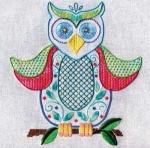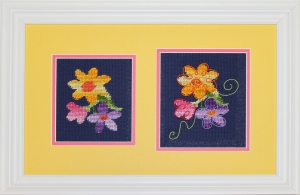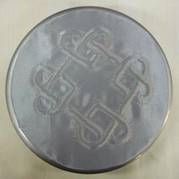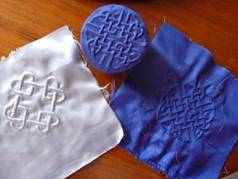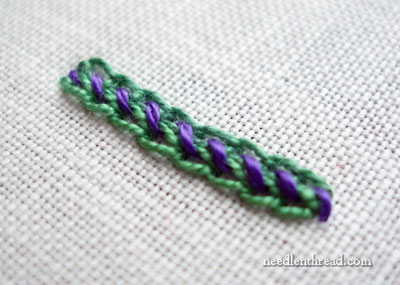DMC’s Water Soluble Canvas is an innovative waste canvas that dissolves when soaked in warm water.
Now, you can easily cross-stitch on any fabric to enhance your home decor, fashion or baby project.
How to Use
Using DMC Water Soluble Canvas is easy – just 6 simple steps and you have a beautiful finished embroidered piece.
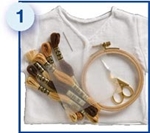
Materials Needed to Complete your Stitching:
- DMC Embroidery Floss
- DMC Tapestry Needle size 26
- DMC Embroidery Scissors
- DMC Soluble Canvas
- Embroidery Hoop

Put the Soluble Canvas on the fabric where you want to stitch, tack down with large stitches to hold into place.
Caution: Ensure the tacking line is larger than the design you will stitch inside.

Place the fabric and Soluble Canvas together in an embroidery hoop and cross stitch or embroider following the instructions on the cross stitch chart.

When the embroidery is finished, carefully cut and pull out the tacking stitches.

Put the stitched fabric in a bowl with a large volume of hot soapy water(between 104º F/40º C and 122º F/50º C). Let it soak for 5 to 10 minutes and stir it gently from time to time. The Soluble Canvas will melt and disappear! Rinse with plenty of hot water.

For drying, follow the care instructions of your garment.
You now have a unique piece that you personalized!
Made from revolutionary material that dissolves in warm water! Each package includes an 8.5″ x 8 piece of 14 – count canvas.
Click here to watch DMC video on project done with water soluble canvas.

